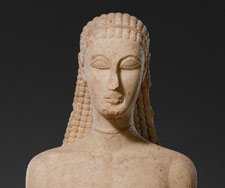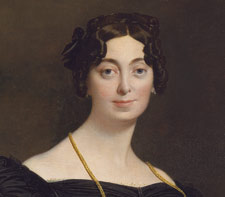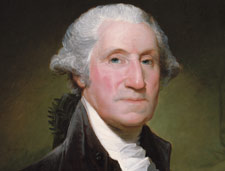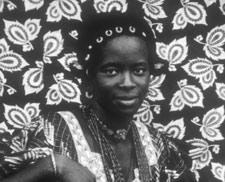New Connections appear every Wednesday. Sign up for a reminder.
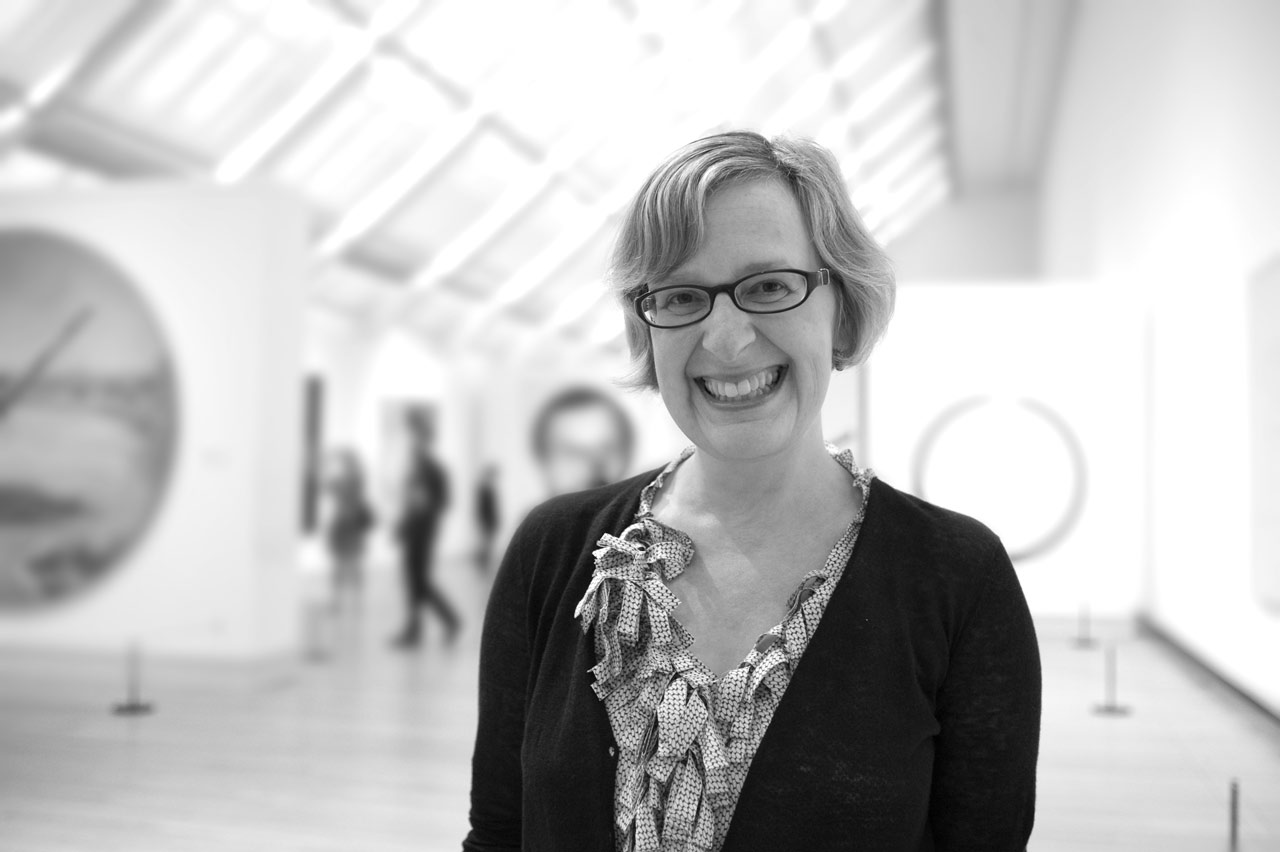 1280852
1280852 7461024
7461024 8071024
8071024 5331024
5331024 12251024
12251024 7211024
7211024 8041024
8041024 1066934
1066934 7611024
7611024 8571024
8571024 1280975
1280975 7231024
7231024 1125909
1125909 10141024
10141024 6941024
6941024 8281024
8281024 4801024
4801024 8711024
8711024 1280852
1280852
My name is Kathy Galitz, and I'm an art historian. A visitor asked me a question about smiles in portraiture. And it took me back to my childhood.
I sort of thought of a smile as one thing, you know an emotional response to feeling happy. And of course those are the best smiles because they're completely spontaneous, they're completely uninhibited, completely natural.
Whereas the whole history of art shows an array of smiles.
I learned about these male youths in college. They have this expression on their face that's been described as the archaic smile. The sculptor was simply looking for a way to
animate the face. He's not actually smiling for any kind of expressive or emotional reason, it's actually an aesthetic function.
You always see the Buddha with this smile. And of course the Buddha isn't smiling because he's happy, well, in the sense that you or I would be happy, rather it's a smile that's symbolic of enlightenment, of wisdom, of compassion. Yet it does serve as a way of connecting us to the Buddha.
Madame Leblanc has just the faintest hint of a smile. It's that enigmatic smile that makes one think of probably the most famous smile, the Mona Lisa smile. And it was just at the time that Ingres was working on his portrait, that French art critics had rediscovered Leonardo's Mona Lisa and they were fixated on her smile and what it meant
and nobody could arrive at a clear meaning. So I sort of see Madame Leblanc and Mona Lisa as sisters in this sort of smiling.
I noticed a lot of smiling in scenes from everyday life. This couple in front of an inn, they're actually—he especially—is laughing, and you see exposed teeth and everything. And exposed teeth before the era of modern dentistry is somewhat of a big deal. And of course they're smiling because they're probably drunk. You can see the raised wine glass and their rosy cheeks. In contrast
you've got George Washington: famously reticent, non-smiling. I mean it's an image we all know from looking at a one-dollar bill. George is staring at us, completely not smiling. He's our first president, commander in chief. It wouldn't be appropriate for him to have a big grin. He has to project an image of gravitas and seriousness.
I think some have used the excuse, well he had these false teeth, and they were terrible and stained and he didn't want anyone to see them, because remember this was before Invisalign braces and teeth whitening. But imagine if he was smiling, your dollar bill: completely different.
This work by Seydou Keita especially spoke to me because on the one hand, the figure is posed very formally. But suddenly and most unexpectedly, she's smiling
directly out at the viewer, and it just has a way of kind of engaging you and bringing you into the picture that, if she weren't smiling, I think the work would have a completely different effect. But it's that smile that breaks down the barriers.
The smile, as trivial it may seem to some, or something that we take for granted, actually is
laden with a range of meanings that are much more nuanced
much more subtle than I had anticipated. And I've realized
you know, as a tooth-smiler, I'm violating every rule of decorum, at least through the 19th century.
I've always just been a person who's not hidden her smile. And I get teased about it or known for it.
I smile a lot, maybe too much, but that's who I am.
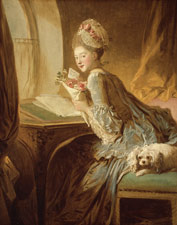 |
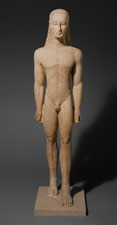 |
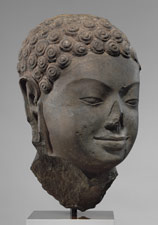 |
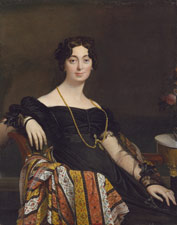 |
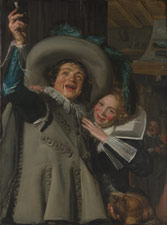 |
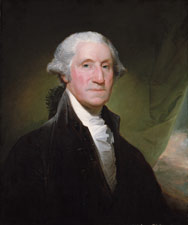 |
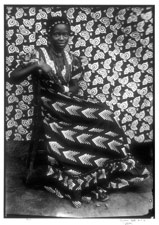 |
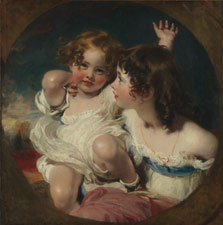 |
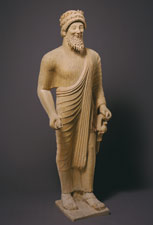 |
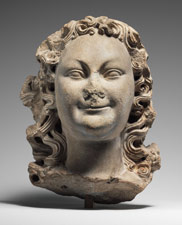 |
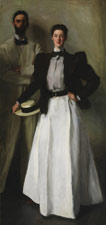 |
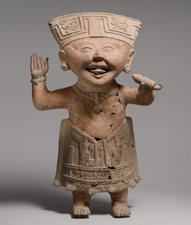 |
Works of art in order of appearanceLast Updated: June 22, 2015. Not all works of art in the Museum's collection may be on view on a particular day. For the most accurate location information, please check this page on the day of your visit. |
||
 |
The Love Letter ca. 1770 Jean-Honorè Fragonard (French) Oil on canvas The Jules Bache Collection, 1949 (49.7.49) More information: The Collection Online Not on view
|
 European PaintingsSecond Floor
European PaintingsSecond Floor |
 |
Statue of a kouros (youth) ca. 590–580 b.c.; Archaic Greek, Attic Naxian marble Fletcher Fund, 1932 (32.11.1) More information: The Collection Online Not on view
|
 Greek and Roman ArtFirst Floor and Mezzanine
Greek and Roman ArtFirst Floor and Mezzanine |
 |
Head of a Buddha second half of 6th century Angkor Borei, Cambodia Stone Gift of Doris Wiener, 2005 (2005.512) More information: The Collection Online Not on view
|
 Asian ArtSecond Floor
Asian ArtSecond Floor |
 |
Madame Jacques-Louis Leblanc (nèe Françoise Poncelle, 1788–1839) 1823 Jean-Auguste-Dominique Ingres (French) Oil on canvas Catharine Lorillard Wolfe Collection, Wolfe Fund, 1918 (19.77.2) More information: The Collection Online Not on view
|
 European PaintingsSecond Floor
European PaintingsSecond Floor |
 |
Young Man and Woman in an Inn ("Yonker Ramp and His Sweetheart") 1623 Frans Hals (Dutch) Oil on canvas Bequest of Benjamin Altman, 1913 (14.40.602) More information: The Collection Online Not on view
|
 European PaintingsSecond Floor
European PaintingsSecond Floor |
 |
George Washington ca. 1795–96 Gilbert Stuart (American) Oil on canvas Rogers Fund, 1907 (07.160) More information: The Collection Online Not on view
|
 American Paintings and SculptureFirst and Second Floors
American Paintings and SculptureFirst and Second Floors |
 |
Photograph 1959–60, print 1997 Seydou Keita (Malian) Gelatin silver print Purchase, Joseph and Ceil Mazer Foundation Inc. Gift, 1997 (1997.364) More information: The Collection Online Not on view
|
 Arts of Africa, Oceania, and the AmericasFirst Floor
Arts of Africa, Oceania, and the AmericasFirst Floor |
 |
The Calmady Children (Emily, 1818–?1906, and Laura Anne, 1820–1894) Sir Thomas Lawrence (English) Oil on canvas Bequest of Collis P. Huntington, 1900 (25.110.1) More information: The Collection Online Not on view
|
 European PaintingsSecond Floor
European PaintingsSecond Floor |
 |
Statue of a bearded man with votive offerings ca. 475–450 b.c.; Classical Cypriot; Said to be from the temple at Golgoi Limestone The Cesnola Collection, Purchased by subscription, 1874–76 (74.51.2461) More information: The Collection Online Not on view
|
 Greek and Roman ArtFirst Floor and Mezzanine
Greek and Roman ArtFirst Floor and Mezzanine |
 |
Head of an Angel ca. 1250 France, Paris, Notre-Dame Cathedral (?) Limestone Purchase, Michel David-Weil Gift, 1990 (1990.132) More information: The Collection Online Not on view
|

Medieval Art and The CloistersThe Cloisters at Fort Tryon Park |
 |
Mr. and Mrs. I. N. Phelps Stokes 1897 John Singer Sargent (American) Oil on canvas Bequest of Edith Minturn Phelps Stokes (Mrs. I. N.), 1938 (38.104) More information: The Collection Online Not on view
|
 American Paintings and SculptureFirst and Second Floors
American Paintings and SculptureFirst and Second Floors |
 |
"Smiling Figure" 7th–8th century Mexico, Remojadas Ceramic The Michael C. Rockefeller Memorial Collection, Bequest of Nelson A. Rockefeller, 1979 (1979.206.1211) More information: The Collection Online Not on view
|
 Arts of Africa, Oceania, and the AmericasFirst Floor
Arts of Africa, Oceania, and the AmericasFirst Floor |
© 2011 The Metropolitan Museum of Art |
||


